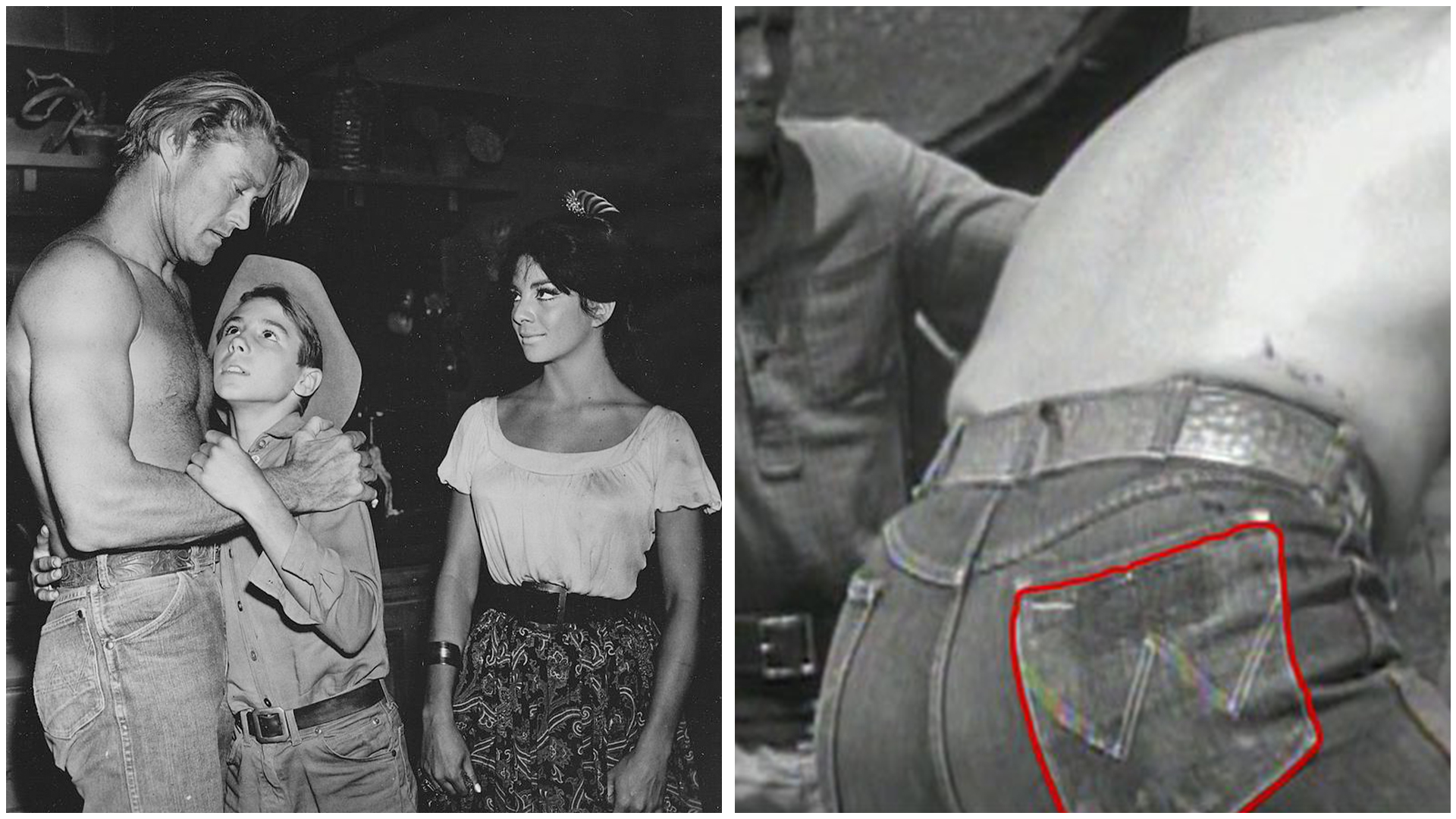The father-son relationship in the iconic television series The Rifleman remains one of the most compelling and unforgettable bonds in television history, even over six decades after the show first aired. This Western series, which debuted in the late 1950s, captured the hearts of audiences with its strong moral messages and engaging adventures. Although historical accuracy was often overlooked, it became a staple for many households, teaching values such as respect, honesty, and perseverance.
Set in the Old West, The Rifleman followed the journey of Lucas McCain, played by Chuck Connors, a widowed rancher raising his son Mark, portrayed by Johnny Crawford. Together, they faced the challenges of frontier life while tackling moral dilemmas, making each episode both entertaining and thought-provoking. However, like many beloved shows, The Rifleman had its fair share of behind-the-scenes trivia, bloopers, and hidden details that only devoted fans might recognize.
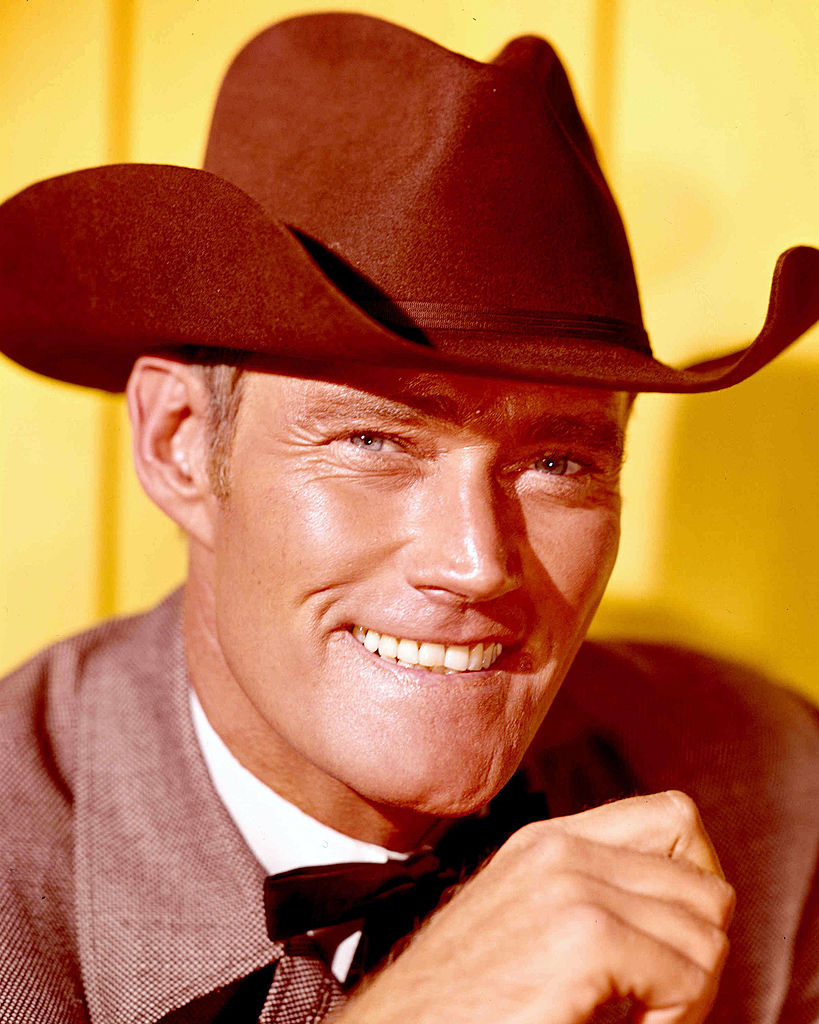
A Western Icon with Modern Twists
At its core, The Rifleman was an action-packed Western series, but it also had an undeniable influence on modern television. Lucas McCain was a skilled sharpshooter and a devoted father, a role model that resonated with viewers. His character’s wardrobe even became a talking point, as he often donned Wranglers—a brand that didn’t exist during the show’s 1880s setting but became popular in the 1940s. This anachronism, however, did nothing to deter fans; if anything, it added to McCain’s charm as a cowboy ahead of his time.
Moreover, Lucas McCain’s Winchester rifle, a key element in the show, became almost as iconic as the character himself. In each episode’s opening scene, McCain would demonstrate his rapid-fire shooting skills, often spinning the rifle with remarkable agility. Unbeknownst to many, Chuck Connors had to master this technique using two identical rifles for filming, showcasing his impressive athletic ability that stemmed from his career as a professional basketball and baseball player before he transitioned to acting.
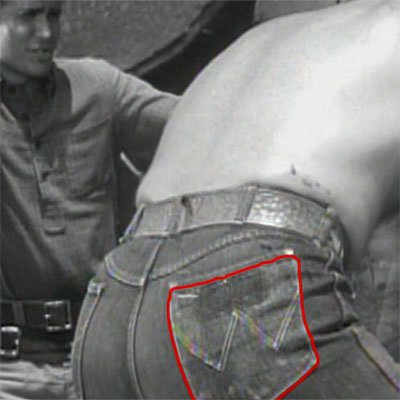
The Real-Life Father-Son Connection
One of the show’s lesser-known facts is the appearance of Chuck Connors’ real-life son, Jeff Connors, in an episode titled “Tension.” Jeff portrayed Toby, a boy mourning the loss of his father, adding a personal touch to the episode. Sadly, Jeff Connors passed away in 2014, but his brief involvement in The Rifleman added another layer of authenticity to the show’s portrayal of family bonds.
Chuck Connors wasn’t just a father figure on screen; he embodied this role in real life. His relationship with Johnny Crawford, who played his son Mark, extended beyond the set. Connors became a mentor and father figure to the young actor, teaching him valuable lessons both in acting and life. Crawford often spoke of Connors’ love for storytelling, whether reciting Shakespeare or sharing his passion for baseball. Their off-screen bond mirrored their on-screen connection, creating an unforgettable dynamic that helped define the show.

Casting Challenges and Triumphs
Securing Chuck Connors for the lead role in The Rifleman wasn’t an easy task. Initially, Connors turned down the role due to a low salary offer from the producers. It wasn’t until the producers’ children saw him in Old Yeller and urged their parents to reconsider that Connors was offered a better deal, which included a five-percent ownership stake in the show. This decision solidified Connors’ place in television history, as he went on to become synonymous with the role of Lucas McCain.
However, casting challenges didn’t end with Connors. The show also faced difficulty finding the right female lead. Although Lucas McCain’s primary focus was raising his son, several romantic interests appeared throughout the series. One such character, Milly Scott, played by Joan Taylor, seemed poised for a relationship with Lucas, but her character eventually left the show with a vague explanation. Producers then introduced Lou Mallory, but finding an actress who could match Connors’ chemistry proved difficult. After auditioning over 60 women, the role ultimately went to Patricia Blair, whose fiery red hair and strong presence made her a perfect fit for the role.
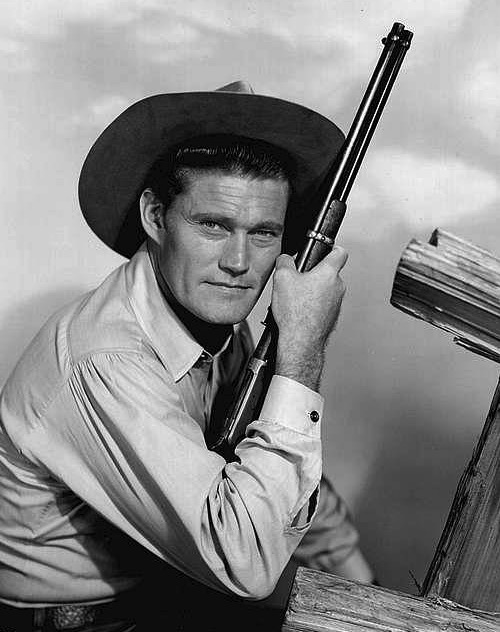
Unlikely Cameos and Fun Facts
Over the course of its run, The Rifleman featured a number of notable guest stars, many of whom were famous for their roles in other industries. For instance, Duke Snider, a celebrated baseball player for the Brooklyn Dodgers, appeared in the episode “The Retired Gun,” while Johnny Crawford’s brother, Bobby Crawford, also made a brief appearance in the episode “Second Witness.” Bobby’s performance was so impressive that he earned an Emmy nomination, just like his brother.
In addition to these guest appearances, the show also had a few surprising casting choices. In one episode, comedian Buddy Hackett played the father of a character who was actually older than him in real life. Despite this unusual age dynamic, Hackett delivered a memorable performance that fit seamlessly into the world of The Rifleman.
Another memorable guest star was Sammy Davis Jr., who showcased his impressive gun-handling skills in the episode “Two Ounces of Tin.” Known for his prowess in entertainment, Davis performed all of his own stunts, including quick draws and gun twirling, impressing the cast and crew with his dedication and talent.

Behind-the-Scenes Glitches and Historical Inaccuracies
Although The Rifleman was beloved for its moral lessons and action-packed episodes, it wasn’t without its share of mistakes. Like many Westerns of its time, the show was filled with historical inaccuracies. One such example is Lucas McCain’s Winchester rifle, which was prominently featured throughout the series. The rifle was an 1892 model, yet the show was set in the 1880s—about a decade before this gun was even invented. However, this detail didn’t bother viewers, as the rifle’s significance as a character-defining prop far outweighed any concerns about historical precision.
The show also had its fair share of wardrobe anachronisms. Despite being set in the 1880s, many characters sported hairstyles and clothing more reminiscent of the 1950s and 1960s, when the series was actually filmed. Full-front button-down shirts, for example, didn’t become popular until the early 20th century, yet many characters wore them throughout the series. These quirks only added to the charm of the show, blending Old West aesthetics with mid-century fashion.
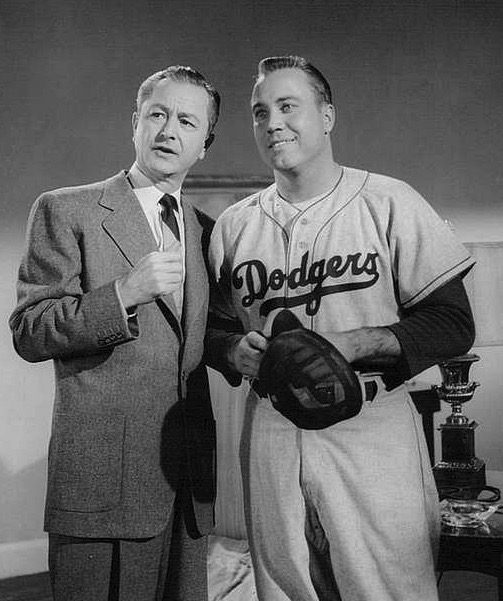
A Lasting Legacy
The legacy of The Rifleman extends far beyond its final episode. Chuck Connors, who passed away in 1992, left behind an indelible mark on television history, not just for his role in The Rifleman, but also for his achievements in both professional sports and entertainment. His tombstone at San Fernando Mission Cemetery even bears the logos of the Boston Celtics, Chicago Cubs, and Brooklyn Dodgers, honoring his diverse career.
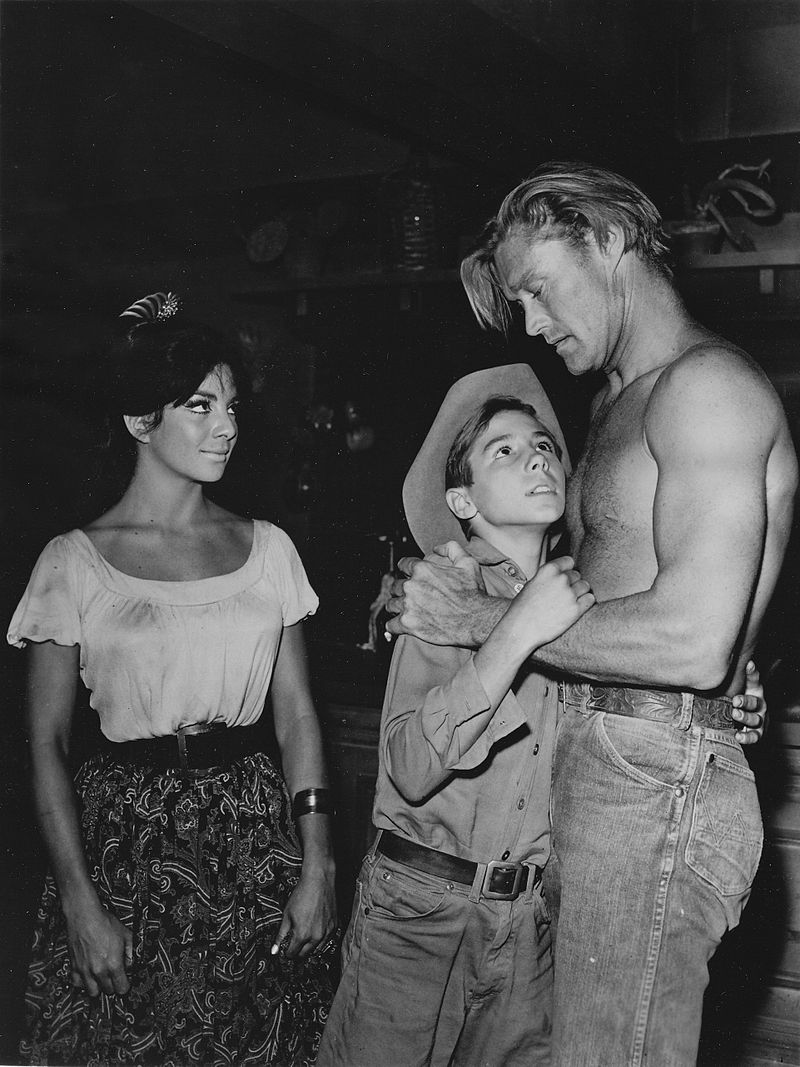
As for Johnny Crawford, his time on The Rifleman defined much of his early life. His admiration for Connors and their father-son dynamic both on and off screen remained an integral part of his identity. The special connection between the two actors helped create a television series that continues to be remembered as one of the most heartfelt and engaging Westerns ever produced.
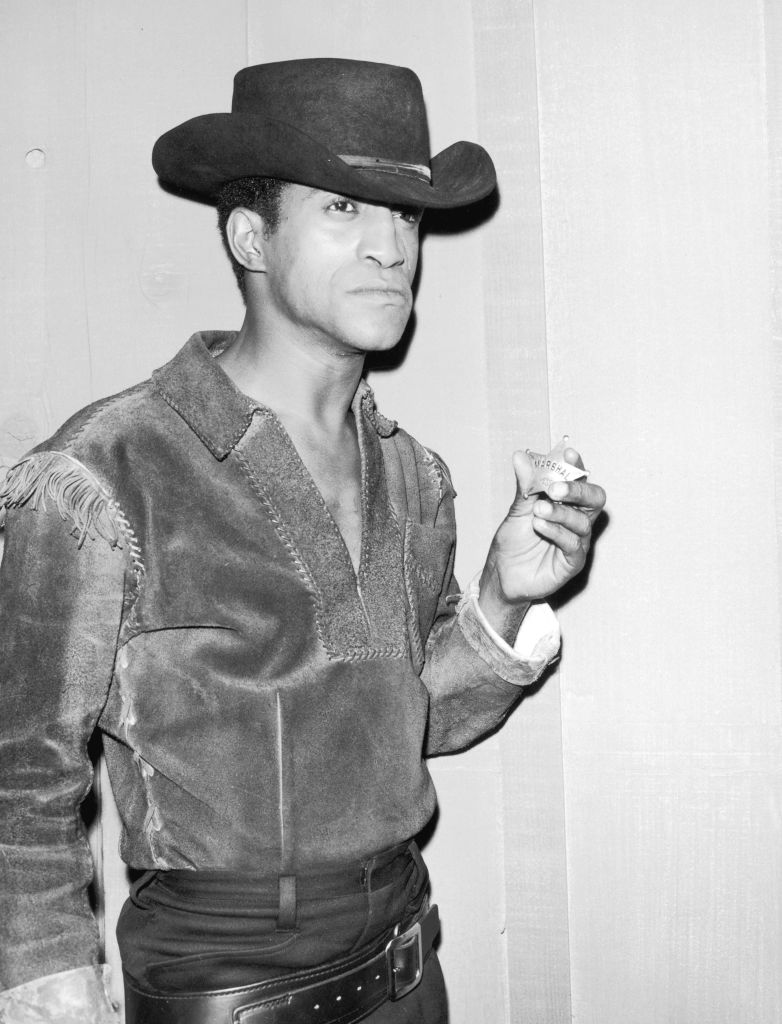
The enduring popularity of The Rifleman can be attributed to its blend of action, moral lessons, and genuine emotion. Whether through its gripping storylines or its hidden details and fun trivia, this classic Western has secured its place in television history as a timeless favorite.
